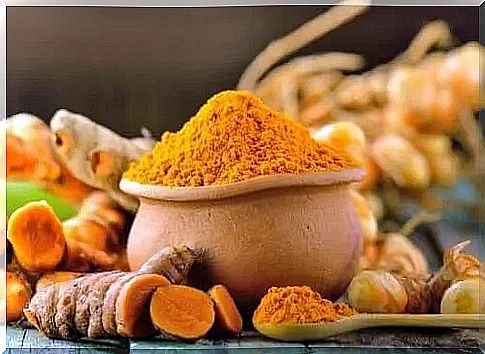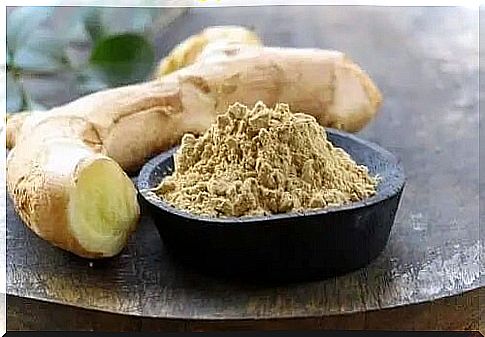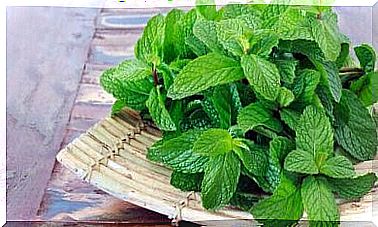The Best And Worst Food For The Joints

The best food for the joints
According to the scientific literature, these are some of the best foods you can include in your diet to protect your joints:
Turmeric

Turmeric (or turmeric) is a reliable ally in cases of arthritis and osteoarthritis. Unlike other anti-inflammatory agents, it does not harm the gastric mucosa.
In addition, turmeric is able to reduce the level of histamine in inflammatory processes, as well as stimulate the activity of two enzymes: glutathione S-transferase and glutathione peroxidase. These enzymes are responsible for regulating the body’s reaction to inflammatory processes, facilitating the elimination of waste.
Olive oil
Olive oil and other foods rich in Omega-3 fatty acids can reduce the chronic inflammation associated with various types of joint diseases and conditions. Therefore, it is important to include it in your daily diet.
Ginger

This natural remedy has been used for many years to treat nausea, migraines or even high blood pressure. In addition, in recent years, medical publications have been talking more and more about its benefits in relieving the symptoms of osteoarthritis.
A study published in the Journal of Medicine Food supports the beneficial role of ginger in joint health.
Vitamin D
Although there is no cure for rheumatoid arthritis, science is making progress every day. Recently, a comparative and randomized clinical study was performed on the effect of vitamin D on various parameters in osteoarthritis of the knee.
The authors wanted to know if taking this vitamin could relieve pain, improve joint function and alter certain biochemical markers in 107 patients with osteoarthritis of the knee and hypovitaminosis D.
After one year of follow-up, the authors observed that subjects who consumed vitamin D experienced an improvement in pain and an improvement in joint function, as well as a normalization of the level of vitamin D in the blood. Therefore, vitamin D is excellent for the joints.
Other useful foods for the joints
The worst food for the joints

Just as some nutrients can improve joint health, others can adversely affect it. Among these foods, shellfish and red meat stand out. Both food groups can lead to the development of gout.
Gout is a disease that develops due to the accumulation of uric acid in the blood. Uric acid forms crystals that settle in the joints and cause pain. Therefore, we do not recommend consuming more than 150 g of lean meat (chicken or fish) per day. You need to eat the rest of the protein you need every day from legumes, nuts, dairy and seeds.
Other foods to avoid are sunflower oil and soybean oil. These oils are rich in Omega-6 fatty acids, which can aggravate inflammation in the body. Also, beware of industrial foods.
In addition, some studies suggest that sugar may increase inflammation. Despite the fact that it provides a rapid energy boost, it is not long lasting and can be a burden for patients with arthritis.
conclusions
If you want to protect the health of your joints, it is important to follow a healthy lifestyle, not to overdo it with physical work and to adopt a diet rich in vegetables, Omega-3 fatty acids and vitamin D, among other nutrients.









